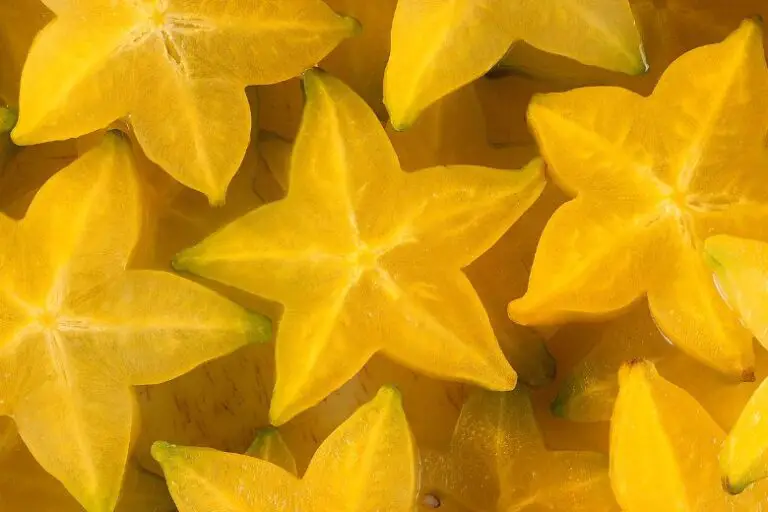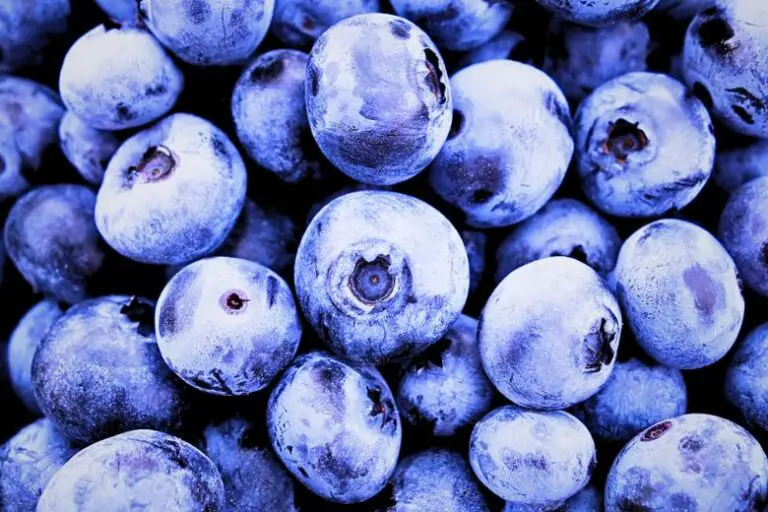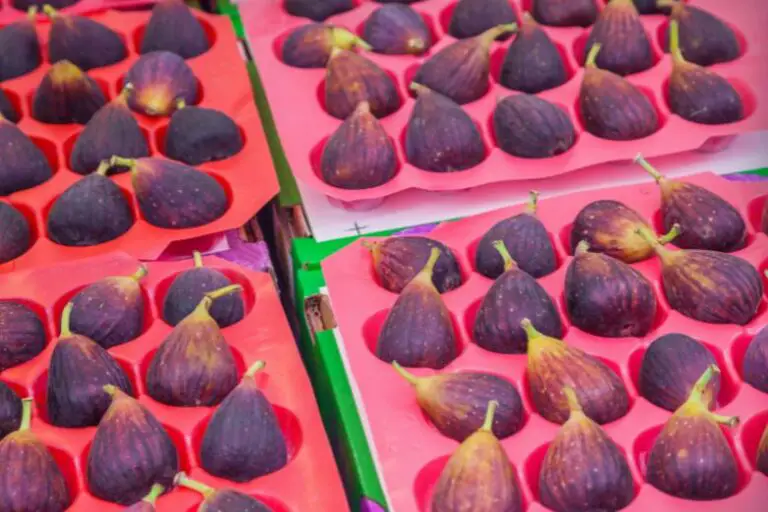Why Are My Strawberries Shriveling Up
If you’ve been eagerly tending to your strawberry plants, only to find your once-plump berries shriveling up, you’re not alone. The sight of withered strawberries can be disheartening for any gardener or berry enthusiast.
Understanding Strawberry Shrivel
What is Strawberry Shrivel?
Strawberry shrivel refers to the unfortunate phenomenon where strawberries lose their firmness, become wrinkled, and appear dehydrated. This can significantly affect the taste, appearance, and overall quality of the berries.
Factors Contributing to Strawberry Shrivel
Inadequate Watering
Proper watering is crucial for healthy strawberry plants. Insufficient watering can lead to dehydration of the berries, causing them to shrivel.
Poor Soil Conditions
Strawberries thrive in well-draining, nutrient-rich soil. If the soil lacks essential nutrients or doesn’t drain properly, the berries can suffer from inadequate nourishment, resulting in shriveling.
Pest Infestations
Pests like aphids, spider mites, and thrips can attack strawberry plants, causing stress and damage. The weakened plants may produce shriveled berries as a response to the infestation.
Fungal Diseases
Fungal diseases, such as gray mold or botrytis, can infect strawberries. These diseases thrive in humid conditions and can lead to the decay and shriveling of berries.
Improper Harvesting
Harvesting strawberries at the wrong time or using incorrect techniques can damage the berries, causing them to shrivel prematurely.
Solutions to Prevent Strawberry Shrivel
Adequate Watering
Ensure your strawberry plants receive sufficient water, especially during the growing season. Use mulch to retain moisture and prevent dehydration.
Soil Management
Test your soil and amend it with compost or well-balanced fertilizer as needed. Proper soil conditions will support healthy plant growth and berry development.
Pest Control
Regularly inspect your plants for pests and take appropriate measures to control infestations. Consider using natural predators or organic pest control methods.
Disease Prevention
Maintain proper spacing between plants to improve air circulation, reducing the risk of fungal diseases. Remove infected plant parts promptly and apply fungicides when necessary.
Correct Harvesting Techniques
Gently pick ripe strawberries by holding the stem, avoiding excessive pressure on the berries. This will help prevent bruising and premature shriveling.
Conclusion
Keeping your strawberries plump and delicious requires attention, care, and understanding of the factors that can lead to shriveling. By providing adequate water, managing soil health, controlling pests, preventing diseases, and mastering proper harvesting, you can enjoy a vibrant strawberry harvest that bursts with flavor and freshness.







